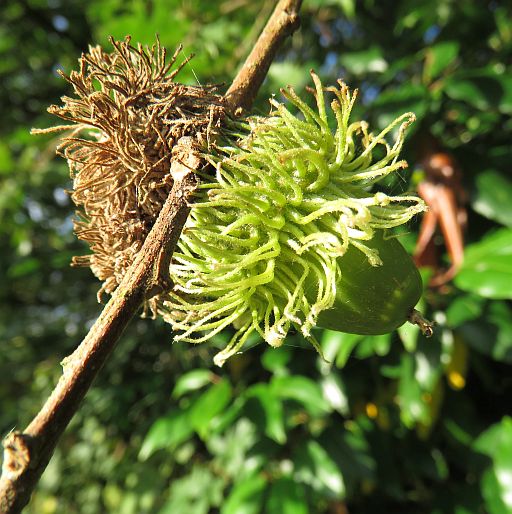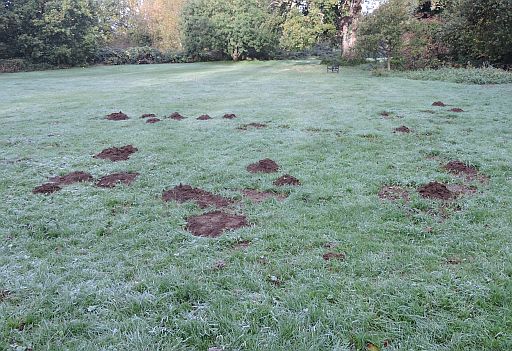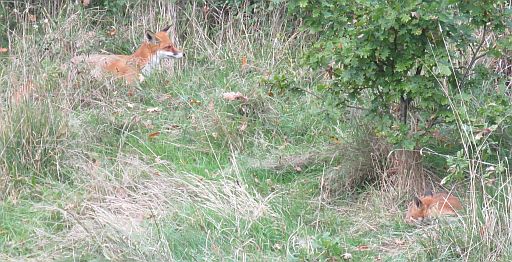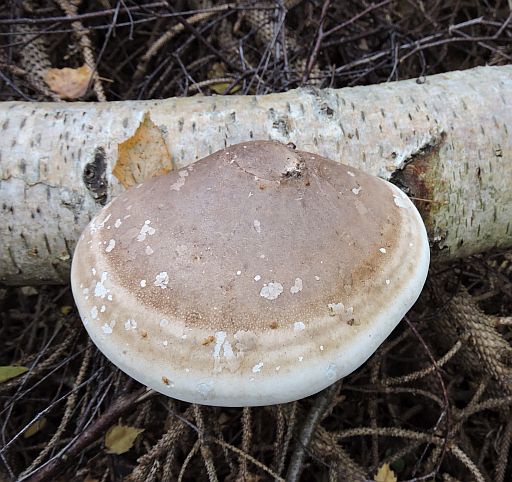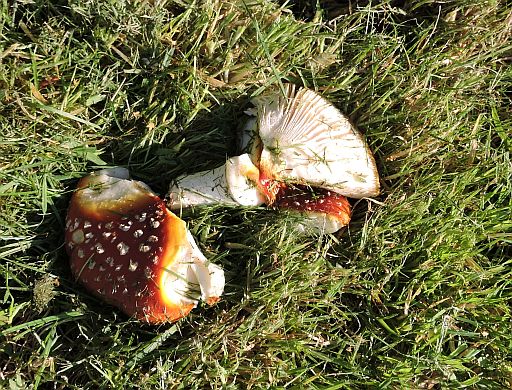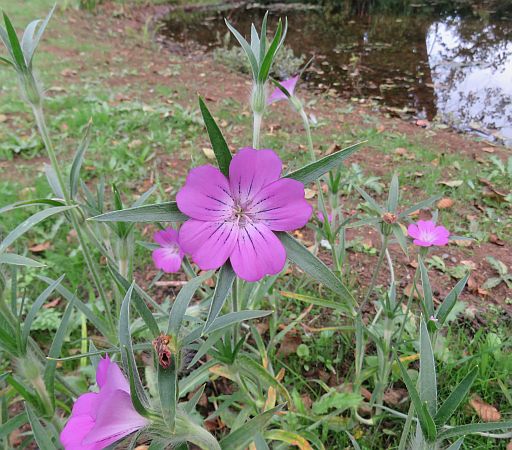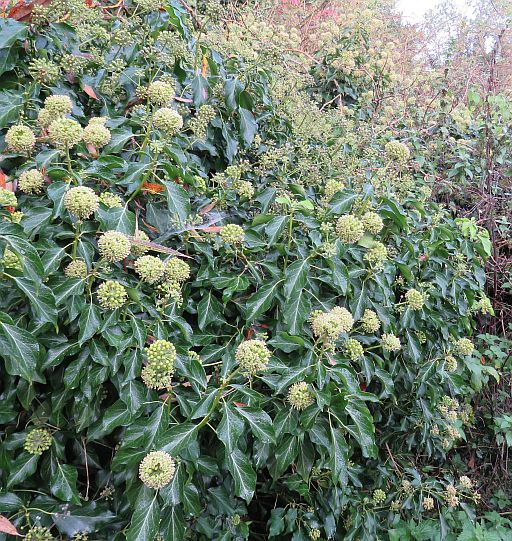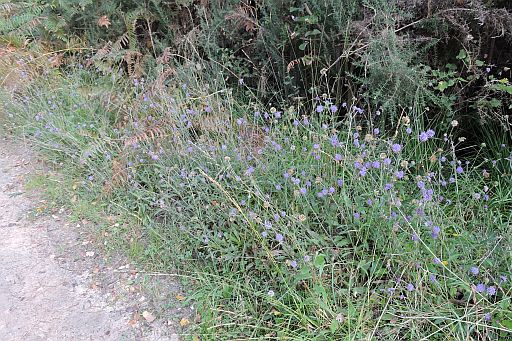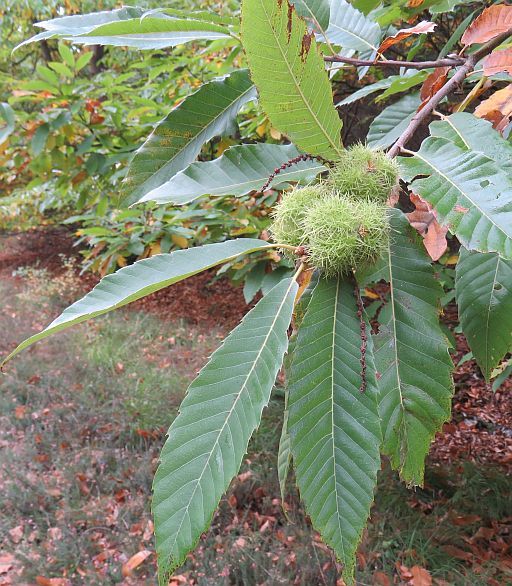
Click on the link to send in your sightings info@foteb.org.uk
For previous months sightings see Archive
The "Area Seen" refers to the 10 sections that the Brook has been split into for monitoring purposes (see Wildlife page under Monitoring ).
All sightings unless stated are from personal observations by Eddie Napper
Click on any picture to see a larger image
|
Birds 28/10/15 In Area 4 this morning at 08:00 on my walk to work a Kingfisher was seen flying downstream along the Emm from Kingfisher Bridge. On the way home a Sparrowhawk was seen patrolling the skies in Area 5. 26/10/15 In Area 4 by Meadow Road bridge a Kingfisher was seen flying upstream along the Emm by Mary Ede. 25/10/15 Over Area 4 this morning Paul Bright Thomas was in his garden and saw a juvenille Swallow and 8 Golden Plover fly over. 24/10/15 In Area 5 this evening Wendy Hayward heard a Tawny Owl calling. 16/10/15 In Area 4 this morning by Kingfisher Bridge, a Grey Wagtail and Kingfisher were both on the Emm. The Kingfisher quickly flew upstream from its fishing perch. In Area 10 a Kestrel was perched on the wires on the old golf course, also seen were Green Woodpecker and Great spotted Woodpecker . 2 Bullfinch were in the woody clump in the middle of the carpark field.In Area 5 later in the afternoon a Sparrowhawk was hunting the area. 10/10/15 Paul Bright Thomas was watching again today in his Area 4 garden and saw a Skylark heading N. A Song Thrush going W.3 Pied Wagtail over going S. 3 Linnet and 10 Starling . 08/10/15 In Area 4 this morning, Paul Bright Thomas had 3 Redwing fly over his garden. 03/10/15 I was out in Area 1 (Gorrick Woods) this morning and not a lot about. The usual Coal Tits were calling and as usual at this time of year Jay were more conspicious. However in Area 10, Fraser Cottington was having a bit more luck. 2 Redwing flew over West, 8 Siskin landed in the Silver Birch by the Sailing club , then at the car park field a lone Lesser Redpoll over North. 02/10/15 In Area 10 Fraser Cottington was out and about with a Mistle Thrush in the sailing club car park, the car park field had into double figures of Blackcap moving through, with House Martin and Chiffchaff Meadow Pipits and Skylark over, Over my Area 5 garden at 18:00 evening at least 30+heading S and earlier in the morning a calling Chiffchaff was behind Morrissons. |
Insects 30/10/15 In Area 5 this afternoon by the new pond a Brown Hawker Aeshna grandis dragonfly was on the wing enjoying the mild weather.. 16/10/15 In Area 4 this morning another Hornet Vespa crabo was seen. 11/10/15 Seen on the walk by the Emmbrook today in Area 10 was a Hornet Vespa crabo near the sailing club. An unidentified Dragonfly and unidentified Cricket were also seen 03/10/15
01/10/15 Red Admiral t Eristalis tenax and Large White Pieris brassicae butterfly were on the wing this afternoon. Other Wildlife Mammals
25/10/15
16/10/15
08/10/15 For the second night running a Pipistrelle Pipistrellus pipistrellus bat has been flying around my front garden in Area 5 at 18:45.Apparently October is a time when Pipistrelle's will be building up fat reserves to survive the winter season. They start seeking suitable hibernation sites, and beginning periods of torpor. Fungi
03/10/15
02/10/15
Amphibians
Molluscs
Fish/ Crustacean |
Plant/Trees
18/10/15
10/10/15
03/10/15
Why do leaves change colour in the Autumn click here Autumn leaves For a review of the sightings along the Emm for the first 8 months of 2014 click here May - August 2014 Sightings |
